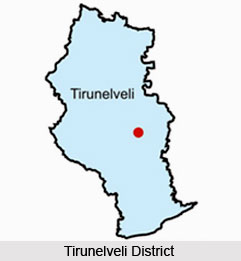 Naranammalpuram is the name of a residential locality, lying in the district of Tirunelveli of Tamil Nadu state of India. Naranammalpuram lies in the slice of natural beauty and lushness. Almost 5 kms east of Tirunelveli, this Naranammalpuram is located on Tamiraparani riverbanks.
Naranammalpuram is the name of a residential locality, lying in the district of Tirunelveli of Tamil Nadu state of India. Naranammalpuram lies in the slice of natural beauty and lushness. Almost 5 kms east of Tirunelveli, this Naranammalpuram is located on Tamiraparani riverbanks.
Knowledge about a city or town of Indian continent becomes impartial unless and until one develops familiarity with its demographical updates. For fulfilling such goals, efficient demographers have been allotted duties for conducting surveys and research works and also prepared reports accordingly. In this matter, it would be unfair if no one denies the significance of the Census report of a particular year. It was issued in the year 2001 and depict data like literacy rate, population status etc that are all related to Naranammalpuram. According to this report, Naranammalpuram has showed measurement of 15,238. It is remarkable to note that both males and females are in equal proportion. In other words male populace constitutes 50 % of the population, while female population also is the same.
Since literacy rate is an indicator of growth and progress, its high average literacy rate of Naranammalpuram also determines the fact that development also has occurred here. It has showed count of 74 %, which is even higher than 59.5 %. Individually both male and female literacy rates are quite high. Male literacy rate constitutes 79 %. The rate of female literacy is also no less insignificant and constitutes 68 %. In Naranammalpuram, children who are below six years of age constitute 11 % of the total population.
The experts also have established Naranammalpuram`s historical heritage. In fact it is named after a queen who belonged to Nayak dynasty. She also was called Naranammalpuram. More than four hundred years ago she gifted it to Vedic Brahmins. This village is known for the holy water source known as Jatayu Theertham, a holy water source is a landmark of this Naranammalpuram. Jatayu Theertham is the place where Lord Ram executed final rites Jatayu, the divine bird.
To facilitate accessibility Naranammalpuram remains connected Madurai Airport, lying closest to this place.
Due to its integrity with Tirunelveli it is quite obvious that the people of Naranammalpuram too is going to follow its trend and tradition to certain extent. Agriculture is one of the occupations of the district people thus producing crops like paddy, coconut, millets, coconut, cumbu, ragi, pulses, groundnut, gingelly, coconut, chilies and indigo.



















